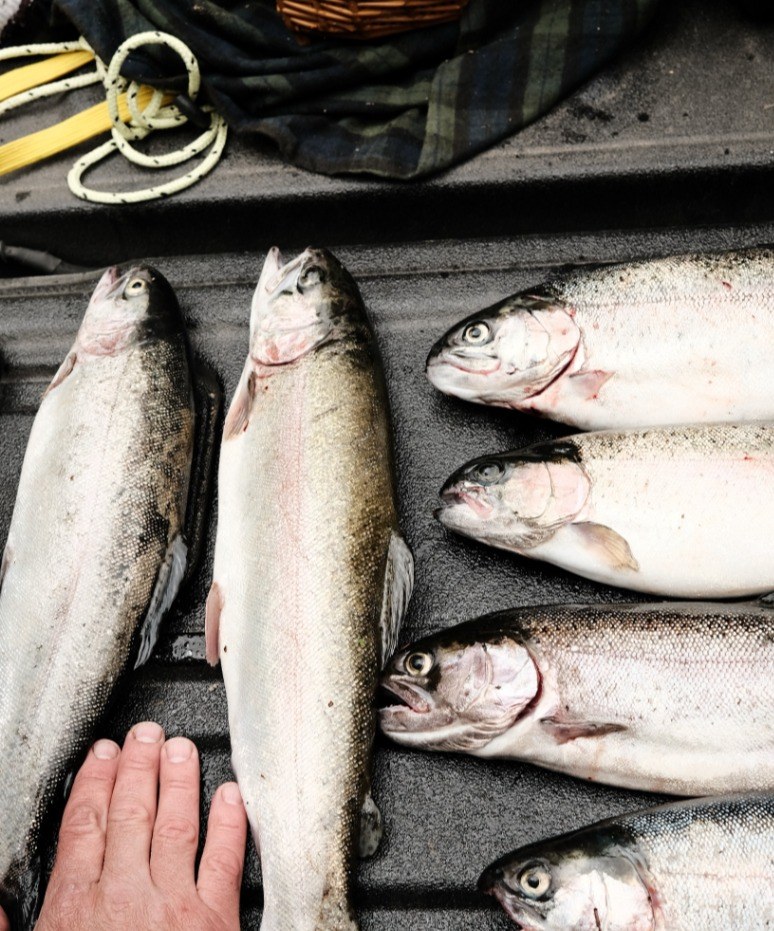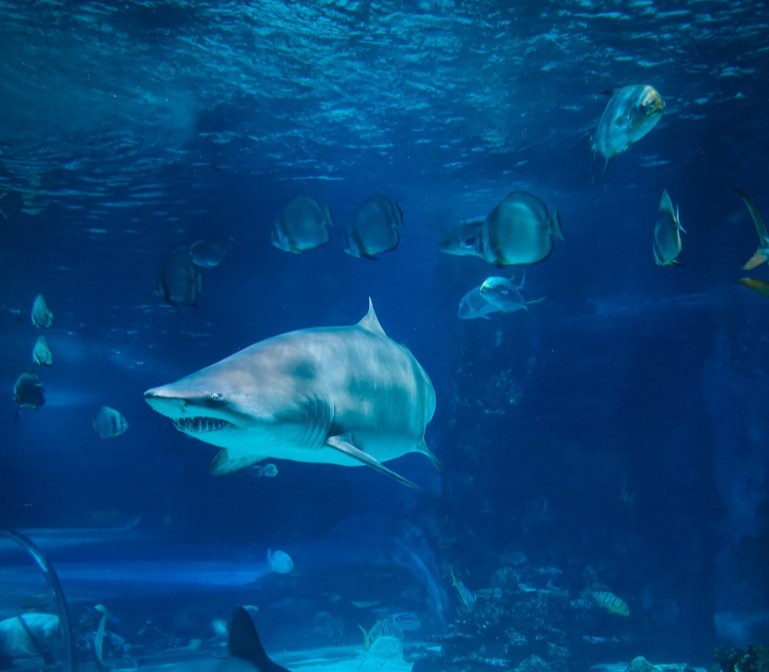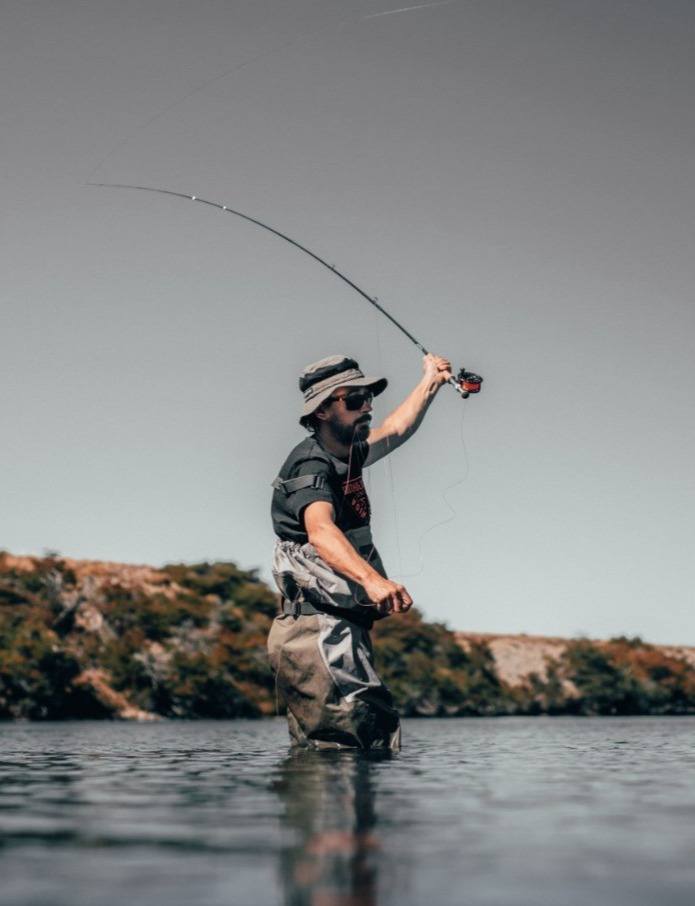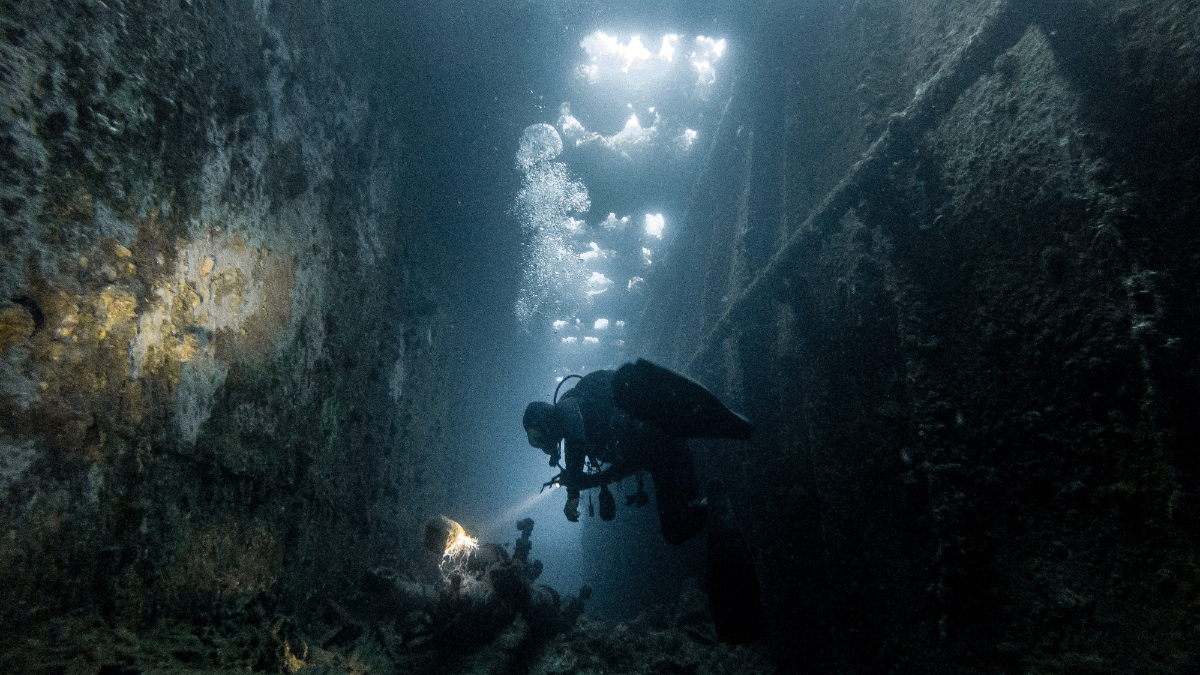What is wreck fishing in the UK? We look at the sport of wreck fishing and why it is a popular sea fishing activity. Find out more about the species of fish and shark you can catch in UK off shore wrecks.
Wreck fishing gives anglers across the UK the chance to make use of the vehicles that have unfortunately made their way to the bottom of the ocean through whatever means, and these vehicles can include planes, boats, ships, submarines and many more.
Many of these vehicles accidentally sunk or were intentionally sunk to curate artificial reefs. Generally, artificial reefs provide hard surfaces for invertebrates and algae, including corals, barnacles and oysters, to attach to it, providing endless food and intricate structures for many species of fish to inhabit and enjoy.
The seafloor is peppered with unfortunate wrecks and man-made reefs from the coast right to the edge of the continental shelf. You can even discover fishing wrecks in large lakes and rivers across the UK. The ocean floor is much like a vast desert with its sandy, empty seabed and little places for fish to hide away from their predators.
Once fish uncover a submerged structure, like a shipwreck, they will make it their home, providing a place to hide from predators on the prowl. Several wrecks collect quite the population of residents, and these vary in species, including Tuna, Barracuda, Sailfish, Snapper, Amberjack, Grouper and Cobia. Wrecks are gamefish galore for all anglers, both experienced and beginners.
Wreck Fishing in the UK
Wreck Fishing at Anchor
Drift fishing, whilst an incredibly effective method, as the tides slacken, can become a method that grows unproductive. If this is the case, you'll want to transfer your technique and begin bottom-fishing. You must specifically drop the anchor to ensure your boat has fully settled uptide to the wreckage.
That way, you can ensure your baited hook is generally lying as close to the seabed as possible. You may need a longer hook length or flying collar rigs to complete this task. When bottom fishing, you want to target fish like ling and conger, as they possess a frightening set of teeth that can easily latch onto any large baits nailed onto the rigs or large O'Shaughnessy hooks you let down.
However, when switching to this tactic, please be careful, as ling's teeth are often coated with an anti-coagulant, meaning if they scratch you, you could end up bleeding for hours.
Wreck Fishing on the Drift
Drift fishing is a method that allows your boat to move freely, using the sea's currents and the wind as its guide over ship-wreckages. The most significant aspects of a drift involve the direction and the strength of the wind and current.
You may face a day when the wind and currents are going in the same direction; in this case, the direction of the drift will be somewhere in the middle. You must be incredibly careful when getting exactly the right positioning of the boat to ensure it can accurately drift over a specific location or fishing wreck.
With any luck, your drift may carry you successfully along the length of the entire wreck, whereabout the catching zone may be, which will minimise the risk of any snagging. You want to avoid drifting over the wreck's beam, where you may risk snagging and the catching zone may grow more sparse.
Common Species Wreck Fishing UK
There are plenty of fish and shark species to discover and catch whilst sea wreck fishing in UK waters. Here are some of the most prominent breeds you can spend your day searching for and reeling in:
The Cod Family
The UK's mainstay for wreck fishing includes ling, pollack and conger, yet the entire variety of the powerful cod family is relatively endless. You're most likely to catch mackerel with mackerel baits on short boat trips from the harbours.
For those that set out on more extended wreck fishing trips, you can discover and begin targeting larger fish like big bream.
When on shark fishing trips, you'll head deeper and further away from the shore to encounter sharks and monster fish, making it less of a relaxing day!
The cod family is extensive, including a whole host of the fish you're most likely to catch whilst sailing and drifting across UK waters and in the Irish sea on very exciting fishing trips.
All belonging to the Codfish or Gadidae family are haddock, pollack, ling, poor cod, pouting and, of course, cod.

Rays, Flatties & Groundsharks
Groundsharks, rays and flatties are not related in terms of their species; however, the method you will utilise to catch them is the same.
Groundsharks typically include species, for example, bull huss, tope, smoothhound, catfish and dogfish. We have a wide range of skate, flatfish and ray species across the UK, such as flounder and plaice. The most commonly found in our waters tend to be cat and dogfish.
Conger Eels
Conger eels are an incredible highlight of UK boat fishing trips if you're lucky enough to reel one; they have immense fighting power and quite a meaty size, making them an impressive catch.
Their ability to swim in reverse and live predominantly among shipwrecks makes them a challenging target, yet it's fantastic just how many you will be able to find out in North Wales and on Cornish boat trips. Whilst they aren't as tasty as tuna or as exotic as marlin, they are a pretty exciting fish to encounter.
Sharks
Porbeagles, blue sharks and thresher are species of shark that anglers can catch when sailing far offshore across areas of the UK, especially in Cornwall.
These are often tagged and later released for conservation purposes and not caught for other reasons.
However, you must be aware that these are the only shark species that can be discovered in UK waters, but these are the ones that most will think of when they picture a typical shark with sharp teeth that don't exclusively inhabit the seabed and aren't for the faint-hearted.

Deep-sea Fishing Techniques
Deep-sea fishing has many methods and techniques to get to grips with that will allow you the most efficient and effective tactic to catch fresh fish. Here are the most common tactics for skippers and anglers across the UK:
Drift Fishing
Drift fishing usually means dropping your lure to the bottom of your boat and drifting your boat over a wreck or specific ocean area without using an anchor. You, the angler, will reel in your lure, dropping every so often to curate a zigzag pattern throughout the water beside the wreck to distract any fish that could be lingering close by.
Your skipper will advise you on how much lure to add for suitable reels, which will often depend on how deep the fish swim. Drift fishing is a relatively easy method to get to grips with.
Jigging
Jigging refers to a fishing process involving going out on a static boat using a lure, sharply raising the rod, and sinking it back down again to its original depth to create motion in the water. Such methods aren't as standard, unlike drift fishing which is more famous for the masses and a higher population of fish.
Jigging is a method you can combine with drift fishing and sinking modern-weighted lures through the water column to retrieve your catch; this process is repeated at a vertical line: many use jigging and lure fishing techniques to catch squid, cuttlefish, and other fish like it.
Bottom fishing
Another method we recommend for those that intend to target species such as sting rays and the biggest congers we'd suggest using fixed weights on the bottom of your boat.
Onto the weights, you must attach a foul-smelling or live bait and wait patiently for a tug to signify a bottom-feeder is close by and after your bait or tackle.
Shark fishing
Shark fishing ensures the water surrounding your boat is bloody and carries a pungent stench using a chum trail.
Then, you'll want to utilise a giant float with a shark-sized bait on its end. The most common targets for sharks fishing in the deep sea are threshers, blue sharks and porbeagles caught on occasion.
What do you wear to go deep-sea fishing?
For first-time anglers, you may be unsure of what attire to wear when heading out deep-sea fishing; you may wonder if you need any specialist or protective clothing.
We have all the answers; for example, it's pretty straightforward in the summertime, as all you require is wellies or a pair of exceptionally sturdy shoes.
You'll want to ensure you wear and pack plenty of warm clothing of reliable colours that can be easily spotted, that is waterproof and will dry quickly if you get splashed when yanking a large species of fish up from the waters.
Sunscreen and sun hats are highly recommended when cruising deep waters all year round.
Still, especially in the summer, when you'll want to avoid harsh burns that will have you looking identical to the salmon you may catch or as scaly as the bass you encounter while bass fishing!

Even in the summertime, whilst you may want your clothing and gear to be breathable during this season, we suggest avoiding flip-flops are slides when fishing, especially for longer trips. That way, you won't risk slipping and sliding across the wet surfaces across the rear of the boat that you will be predominantly fishing from.
If you are still unsure if you have all the correct clothing to wear, you can always contact your skipper before the fishing trip. They'll be able to provide you with more advice and details, such as the suitable attire and the conditions you can expect, as they are likely to have know-how on the weather and tide.

Looking For Sea Fishing in Cornwall?
We hope you have got some useful tips from our article, What Is Wreck Fishing in the UK? If you want to experience sea fishing in Cornwall, our experienced skipper is here to show you the best locations around Looe.
Whether experienced or new to sea fishing, we can help you enjoy the trill of local sea fishing.

